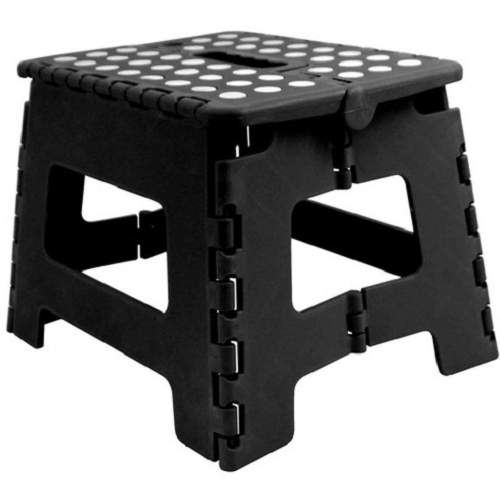
Folding stools have been around for centuries, serving as a convenient and practical seating option for various occasions. Their evolution over time has seen them take on different forms and designs, from the simple wooden stools of ancient times to the more complex and stylish ones of modern times. In this article, we will take a look at the history of folding stools and how they have evolved over the years.
The Early History of Folding Stools
The earliest records of folding stools date back to ancient Egypt, where they were used as portable seating for royalty and other high-ranking officials. These stools were made of wood and were often adorned with intricate carvings and decorations. They were also collapsible, making them easy to transport from one location to another.
Folding stools were also common in ancient Greece, where they were used for various purposes, including seating for spectators at sporting events and as portable seats for public officials. These stools were typically made of wood or bronze and were collapsible for easy transportation.
In ancient Rome, folding stools were a common sight in the homes of wealthy citizens and were often used as dining chairs. These stools were made of wood or metal and were collapsible, making them easy to store when not in use.
The Middle Ages and Renaissance
During the Middle Ages, folding stools continued to be used for various purposes, including seating for knights and other military personnel during battles. These stools were often made of wood or metal and were collapsible, making them easy to transport from one location to another.
In the Renaissance, folding stools became more ornate and decorative, reflecting the artistic and cultural trends of the time. These stools were often made of wood or metal and were adorned with intricate carvings and embellishments. They were also collapsible, making them easy to store when not in use.
The 18th and 19th Centuries
During the 18th and 19th centuries, folding stools continued to evolve, with new materials and designs being introduced. Then these stools were often made of wood, metal, or leather and were used for a variety of purposes, including seating for travelers and as portable chairs for outdoor events.
In the late 19th century, folding stools became more utilitarian, with the introduction of lightweight, collapsible designs. These stools were often made of canvas or other lightweight materials and were used for camping and other outdoor activities.
The 20th Century
In the 20th century, folding stools continued to evolve, with new materials and designs being introduced. Plastic and aluminum became popular materials for folding stools, as they were lightweight, durable, and easy to clean. Folding stools also became more functional, with features such as adjustable legs and built-in storage compartments.
Today, folding stools are used in a variety of settings, from outdoor events to indoor gatherings. Then they come in a wide range of designs and materials, from simple wooden stools to high-tech, adjustable models. Folding stools remain a popular seating option for those who need a portable, convenient, and practical seating solution.
Conclusion
Folding stools have a long and rich history, dating back to ancient times. They have evolved over the years, with new materials and designs being introduced to meet the changing needs of society. Despite these changes, folding stools remain a popular seating option, valued for their portability, convenience, and practicality.

